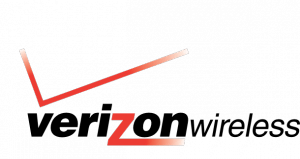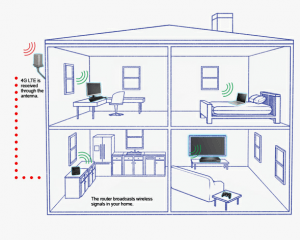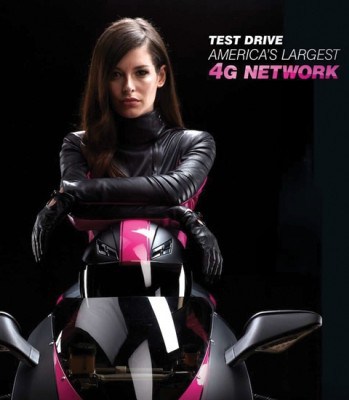 Verizon Wireless’ answer for rural America’s broadband troubles goes live across the country today, offering the broadband deprived the opportunity of getting wireless service at almost twice the price of conventional DSL, with a 10GB monthly usage allowance.
Verizon Wireless’ answer for rural America’s broadband troubles goes live across the country today, offering the broadband deprived the opportunity of getting wireless service at almost twice the price of conventional DSL, with a 10GB monthly usage allowance.
HomeFusion Broadband uses Verizon’s LTE network to deliver service to homes and businesses within range of Verizon’s 4G network. For rural America, the speeds Verizon is capable of delivering offer a significant improvement over rural DSL. Verizon promises 5-12Mbps down and 2-5Mbps up, depending on how many users are sharing the cell tower and how strong a signal one receives.
“HomeFusion Broadband is another example of Verizon Wireless’ commitment to providing our customers with the most innovative products and services,” said Tami Erwin, vice president and chief marketing officer, Verizon Wireless. “With HomeFusion Broadband, customers across the United States, in towns large and small, will have the chance to link devices to the Internet and take advantage of the speed, coverage and connectivity offered by our 4G LTE network.”
 Whether they can afford it may be another matter.
Whether they can afford it may be another matter.
Verizon Wireless charges a one-time equipment fee of $199.99, which includes professional installation of the required cylindrical outdoor antenna and router that allows customers to share the wireless connection with other devices inside the home.
Monthly service fees start at $60 a month and include 10GB of monthly usage. If you need more data, you will pay a significant amount to get it — up to $120 a month for 30GB of usage. As a tease, customers get 50 percent more data allowance for the first two full billing cycles of service. If you become accustomed to using that extra allowance, it could be very costly once the first two months are up. Overlimit fees run $10/GB.
Verizon claims two-thirds of the country is now covered by their 4G LTE network, including the regions Verizon sold off to companies like FairPoint and Frontier Communications. Those independent phone companies will soon have Verizon as a broadband competitor in states like West Virginia, Vermont, Ohio, and Maine. If customers value speed over everything else, Verizon could be a formidable competitor over traditional rural DSL, which often operates at speeds of 1-3Mbps, as long as customers steer clear of allowance-eating online video.
Verizon has positioned HomeFusion as a rural broadband solution, and earlier pricing and policy changes make it clear Verizon is downplaying its traditional DSL service. In April, Verizon announced it would no longer sell standalone DSL service to customers without voice phone lines, or to those who live in areas also wired for the company’s fiber optic network FiOS.


 Subscribe
Subscribe





